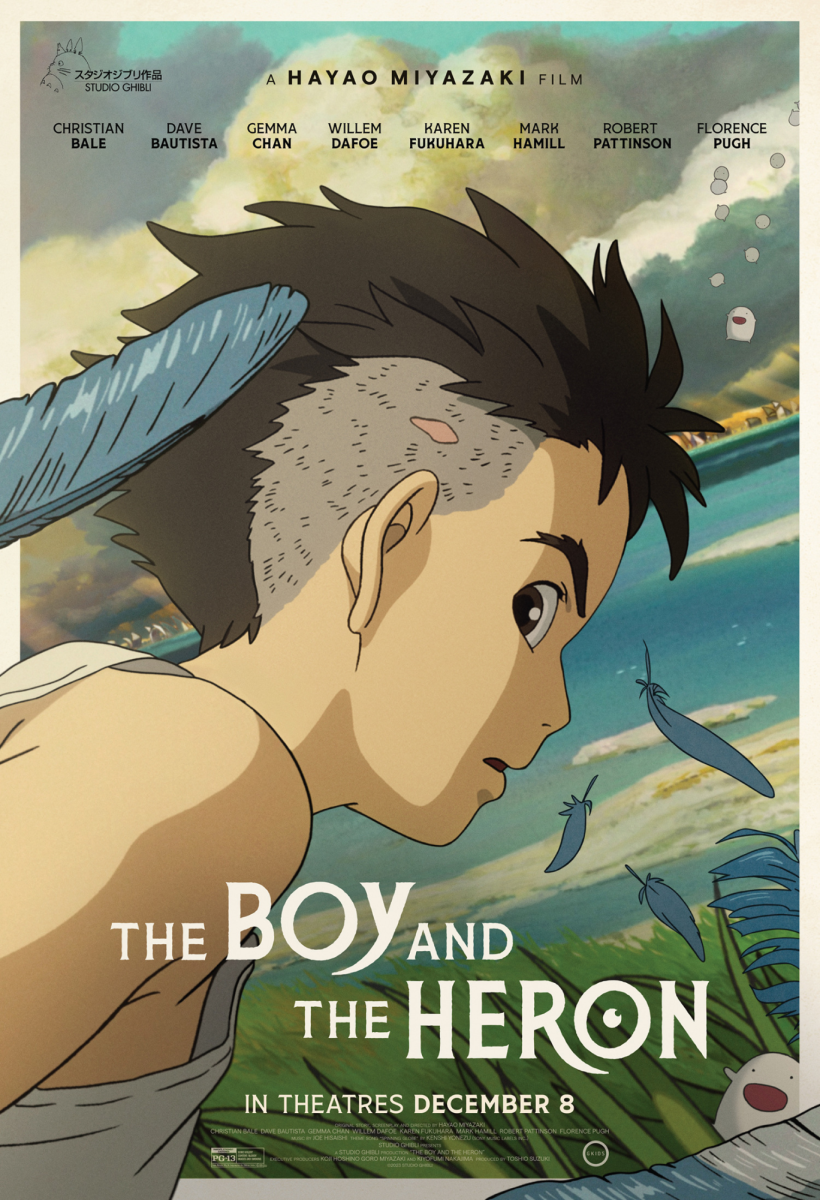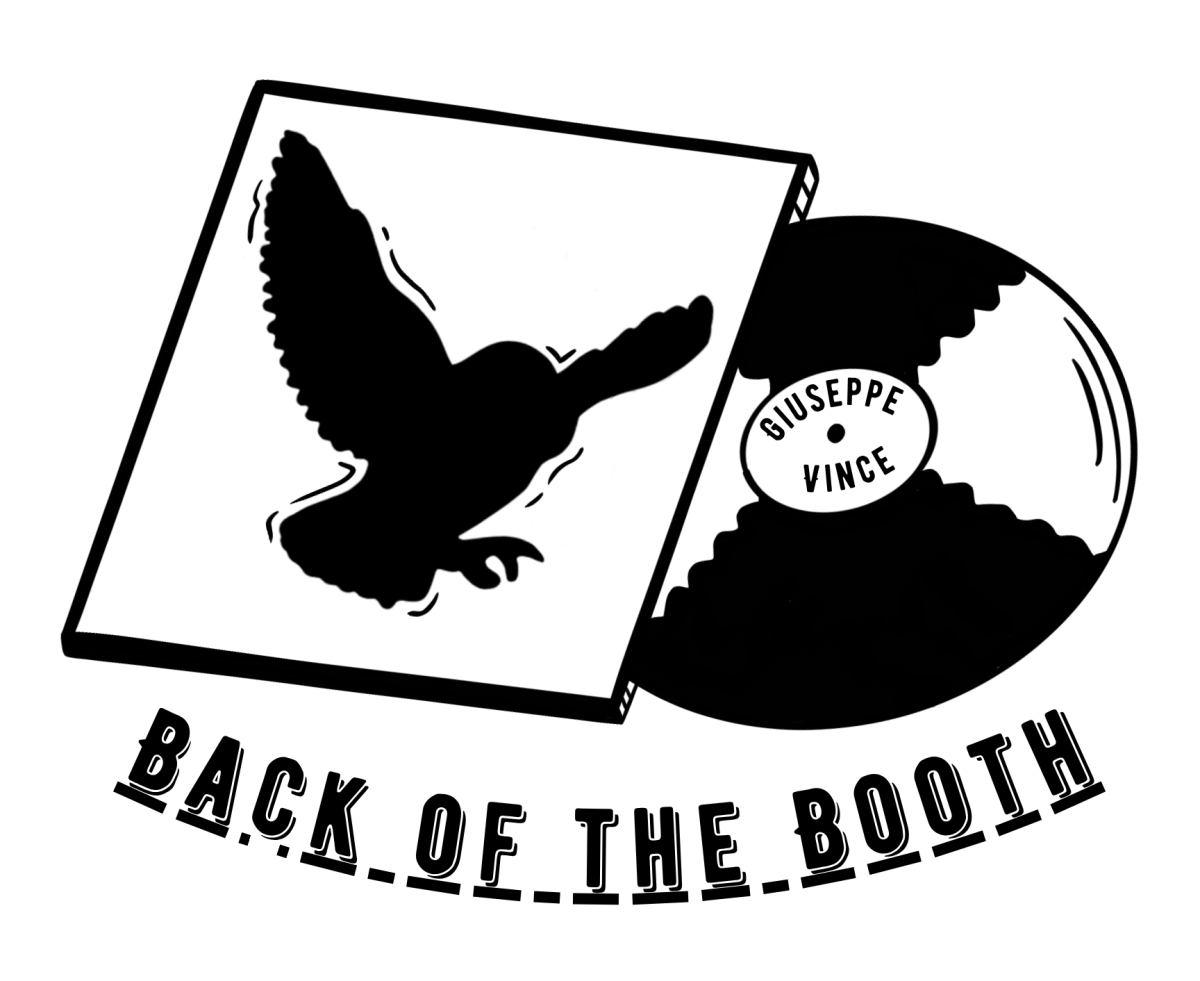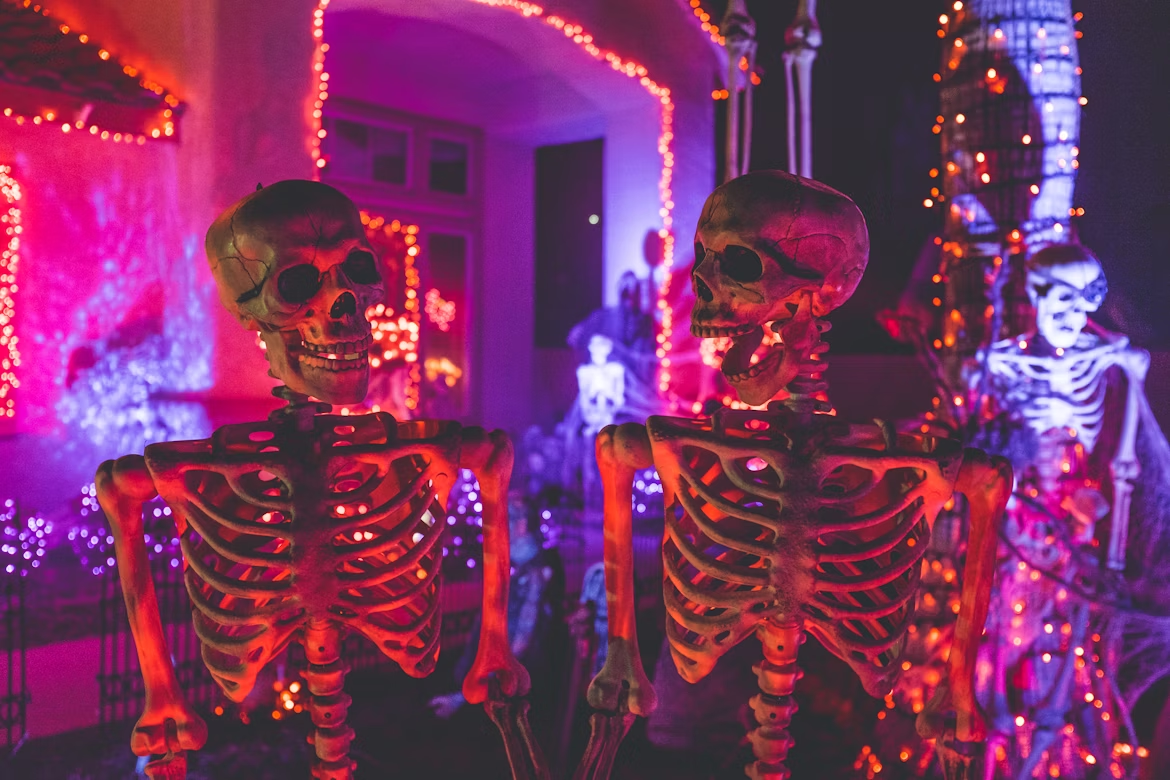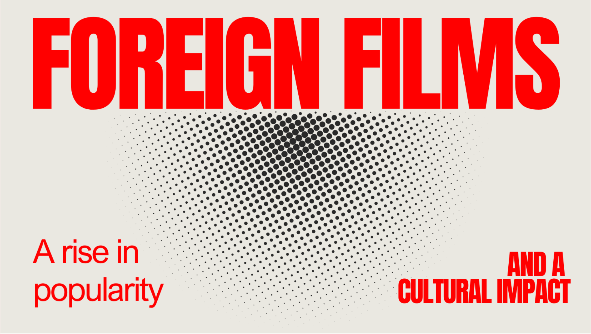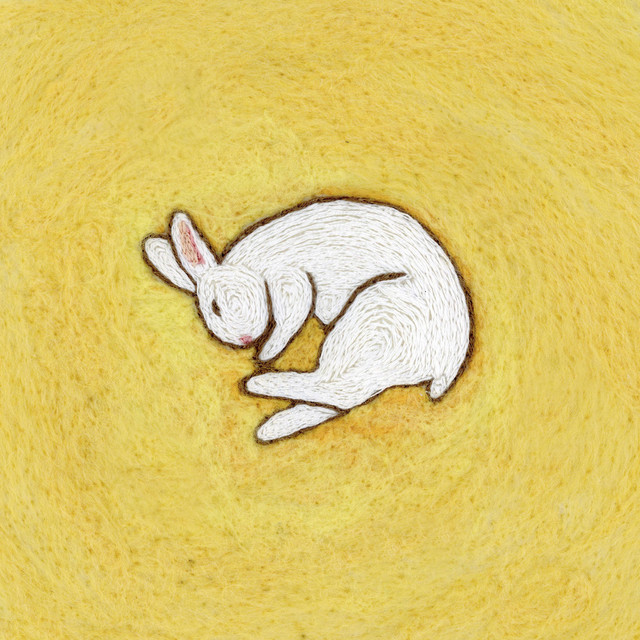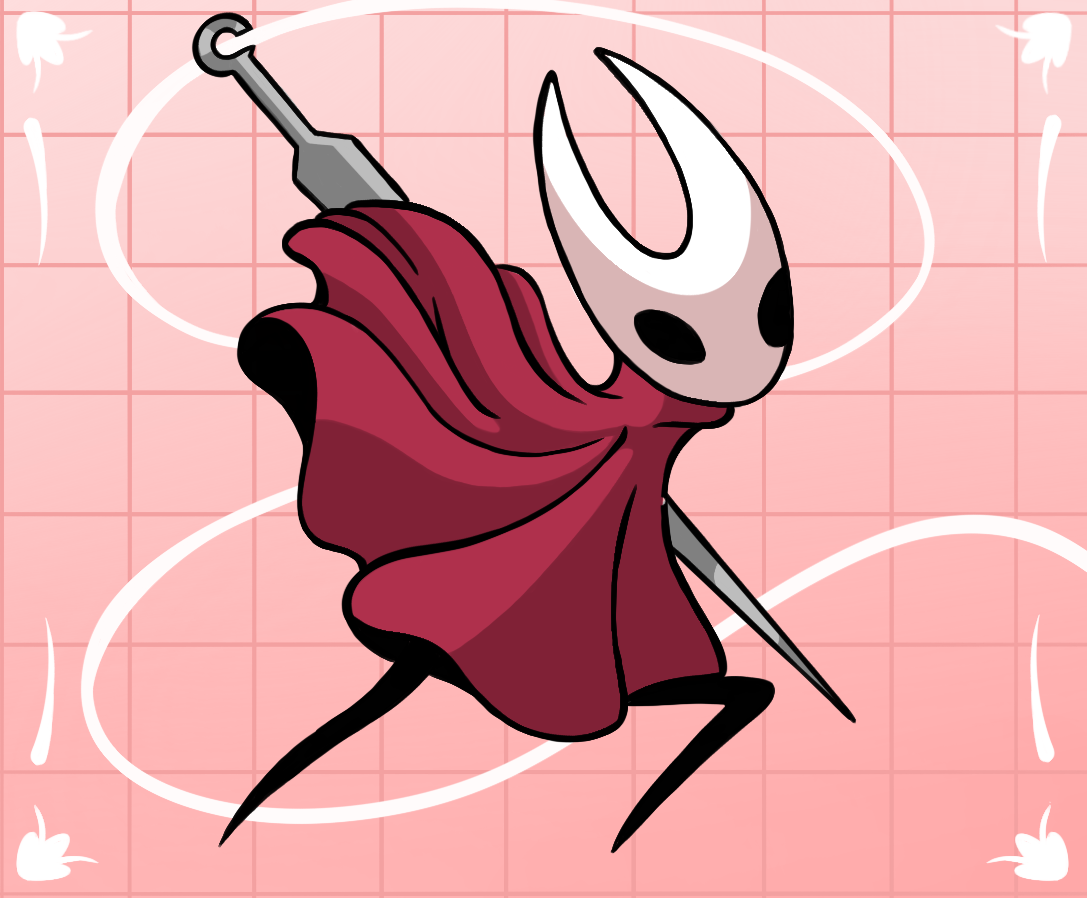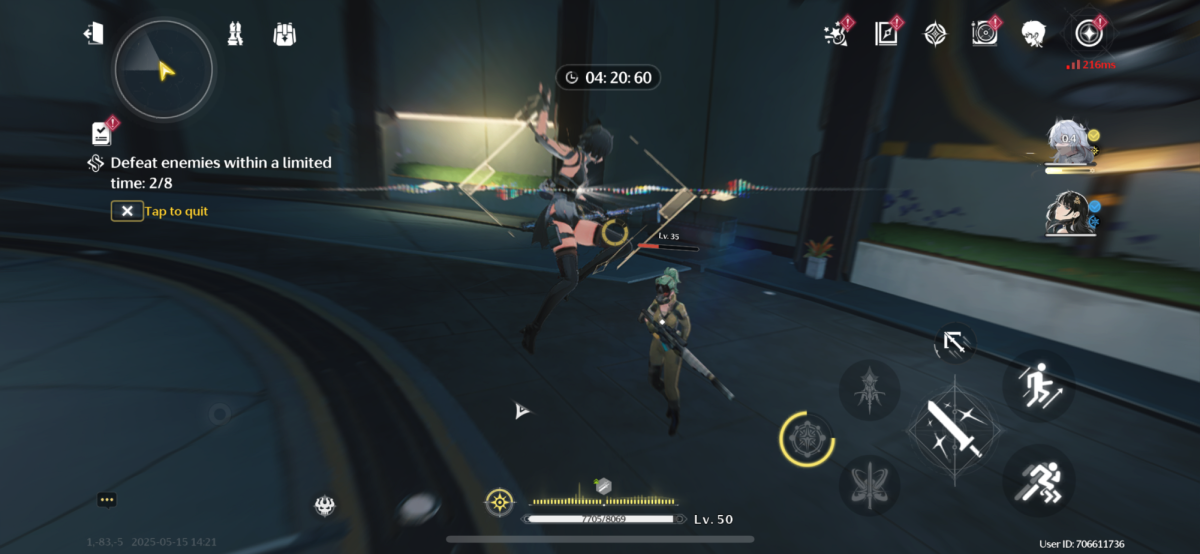The Boy and the Heron is Studio Ghibli insane. After 10 years, director Hayao Miyazaki best known for Spirited Away, and Howl’s Moving Castle returns to the movie scene with arguably his most chaotic feature yet. The film’s original title was How Do You Live named after the 1937 novel which was adapted to English audiences as The Boy and the Heron. The film features many of the studio’s trademarks with its signature animation style, beautifully painted backgrounds, and eye-catching visuals.
Miyazaki and the films he has directed all share similar attributes to one another. One of those traits is how the viewer interprets each of his films. He leaves room for interpretation in his films allowing the audience to discover the true meaning of the film for themselves. Many saw a story of the struggles of a young boy coming to terms with the loss of his mother and learning to grieve and accept his new world. The Boy and the Heron also has many autobiographical connections to the director, sharing his upbringing to becoming a director, and the challenges that he faced.
[Spoilers ahead]
The film begins with the main character Mahito witnessing the death of his mother. His mother was inside a hospital building that was firebombed during World War II. Mahito struggles to get through the crowds of people to save his mother, and by the time he reaches her, it’s too late. This event would solidify Mahito’s character, as the loss of his mother would be the loss of his child-like innocence, something that war takes from its victims. The trauma Mahito suffered continues to haunt him as the story progresses. He is then introduced to his stepmother who at the beginning he dislikes. The Heron is then introduced shortly after and is used as a gateway for Mahito to face his fears, by bringing him to the abandoned tower. The tower in the film is this false reality, one created by magic. This is where Mahito is given the choice to live in the fantasies of innocence or leave and embrace reality–and his lack of control over it.
The fantasy world shares many similarities with Miyazaki’s past work. Each of his films has a whimsicality to them, with magic and wonder just behind the screen. This same experience is found throughout The Boy and the Heron, but all with a dark violent twist. There is no better example of this than the pelicans who eat the souls of humans. Trapped in the fantasy world, the pelicans are forced to feed on the souls of humans to stay alive. The pelicans are a way of representing soldiers, trapped in conflict–fighting a war to survive.
The Boy and the Heron is insane. The movie is a culmination of multiple different ideas and themes mixed as a director’s final send-off to an audience. It encapsulates themes of war, violence, grief, and loss, and intertwines those with themes of creation, kindness, acceptance, and love. For all the Studio Ghibli fans out there this film is a must-watch. It captures those same whimsical feels from past films in a brand new refreshing light. Though The Boy in the Heron might not be the best gateway into the films of Hayao Miyazaki, it is still a great film, and a spectacle to see in theaters.


